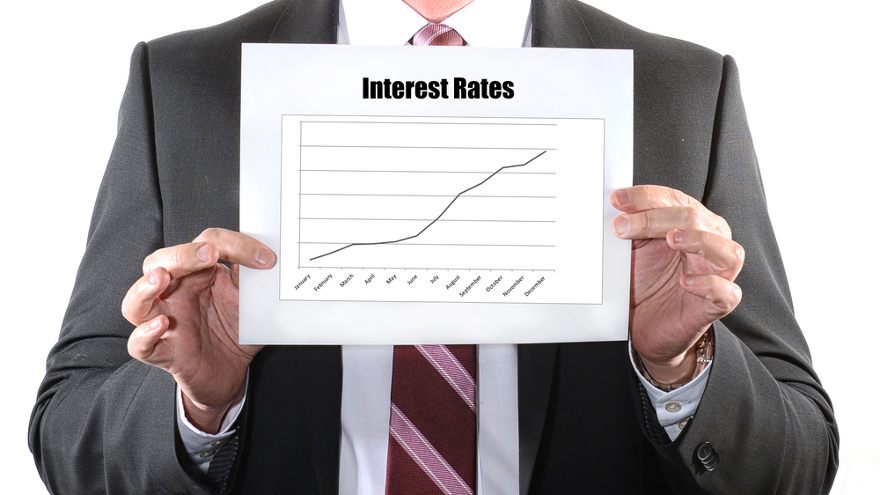As projected, Fed leaves interest rates unchanged

By subscribing, you agree to receive communications from Auto Remarketing and our partners in accordance with our Privacy Policy. We may share your information with select partners and sponsors who may contact you about their products and services. You may unsubscribe at any time.
WASHINGTON, D.C. –
Earlier this month, the American Bankers Association Economic Advisory Committee projected that the Federal Reserve wouldn’t adjust interest rates.
Thus far, the forecast from that collection of 15 bank economists is holding true as the Federal Open Market Committee voted unanimously to maintain the target range for the federal funds rate at 1.50% to 1.75%. This week marked policymakers’ first opportunity of the year to make an adjustment.
Fed chair Jerome Powell offered this assessment following the rate announcement.
“The expansion is in its 11th year, the longest on record. Growth in household spending moderated toward the end of last year, but with a healthy job market, rising incomes and upbeat consumer confidence, the fundamentals supporting household spending are solid,” Powell said.
“In contrast, business investment and exports remain weak, and manufacturing output has declined over the past year,” he continued. “Sluggish growth abroad and trade developments have been weighing on activity in these sectors. However, some of the uncertainties around trade have diminished recently, and there are some signs that global growth may be stabilizing after declining since mid-2018.
“Nonetheless, uncertainties about the outlook remain, including those posed by the new coronavirus. Overall, with monetary and financial conditions supportive, we expect moderate economic growth to continue,” Powell went on to say.
Subscribe to Auto Remarketing to stay informed and stay ahead.
By subscribing, you agree to receive communications from Auto Remarketing and our partners in accordance with our Privacy Policy. We may share your information with select partners and sponsors who may contact you about their products and services. You may unsubscribe at any time.
The Fed chair’s comments describe a similar path as to what the American Bankers Association Economic Advisory Committee outlined a couple of weeks ago.
“Sustained job gains, low unemployment and strong wage growth will enable consumers to continue supporting the economy, although less robustly than last year,” said Catherine Mann, chair of the committee and chief economist at Citigroup.
“The U.S. economy will be stronger if trade tensions dissipate and other economies stabilize globally. On balance, the risk is to the upside for consumers in that wages could rise more rapidly, especially for those at the lower end of the income distribution, providing greater spending power,” Mann continued. “On the other hand, the risk is to the downside for business investment because of economic uncertainty, as well as concerns about ongoing issues in the aerospace industry.”


